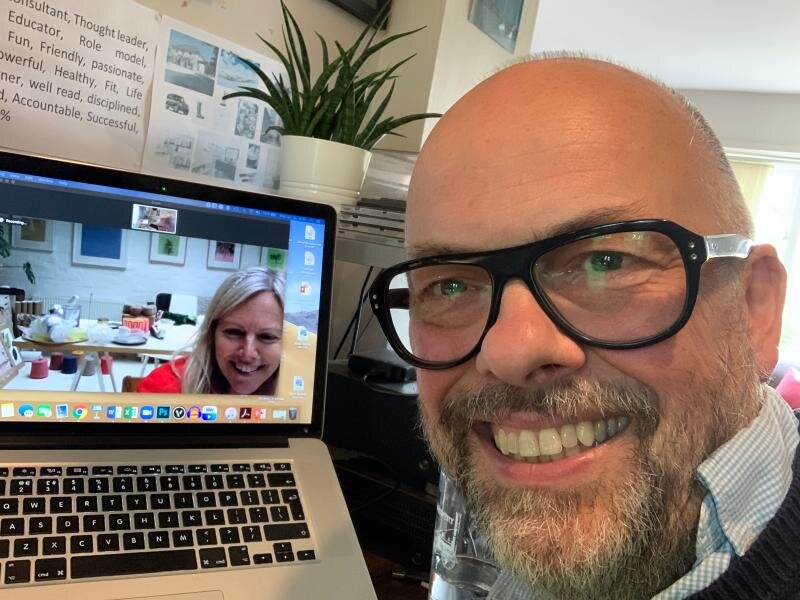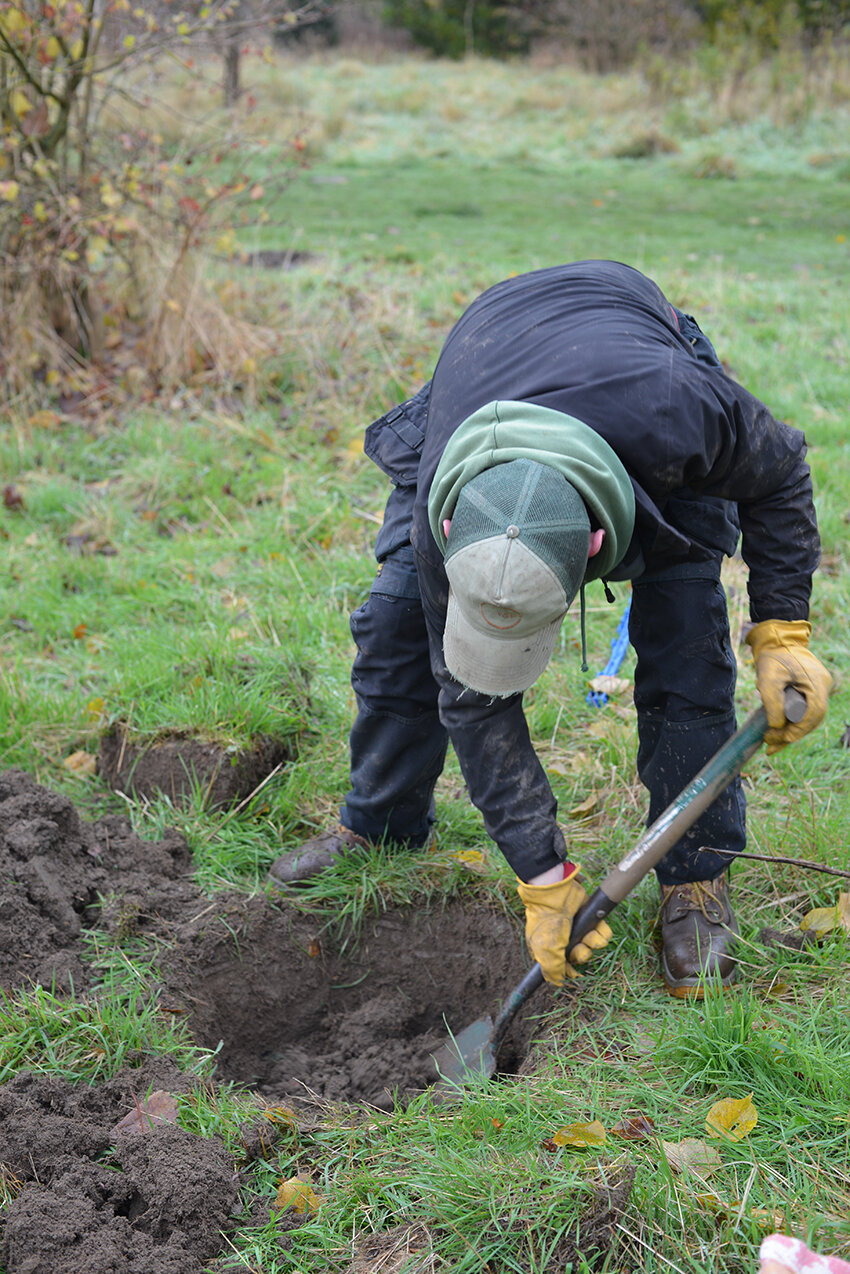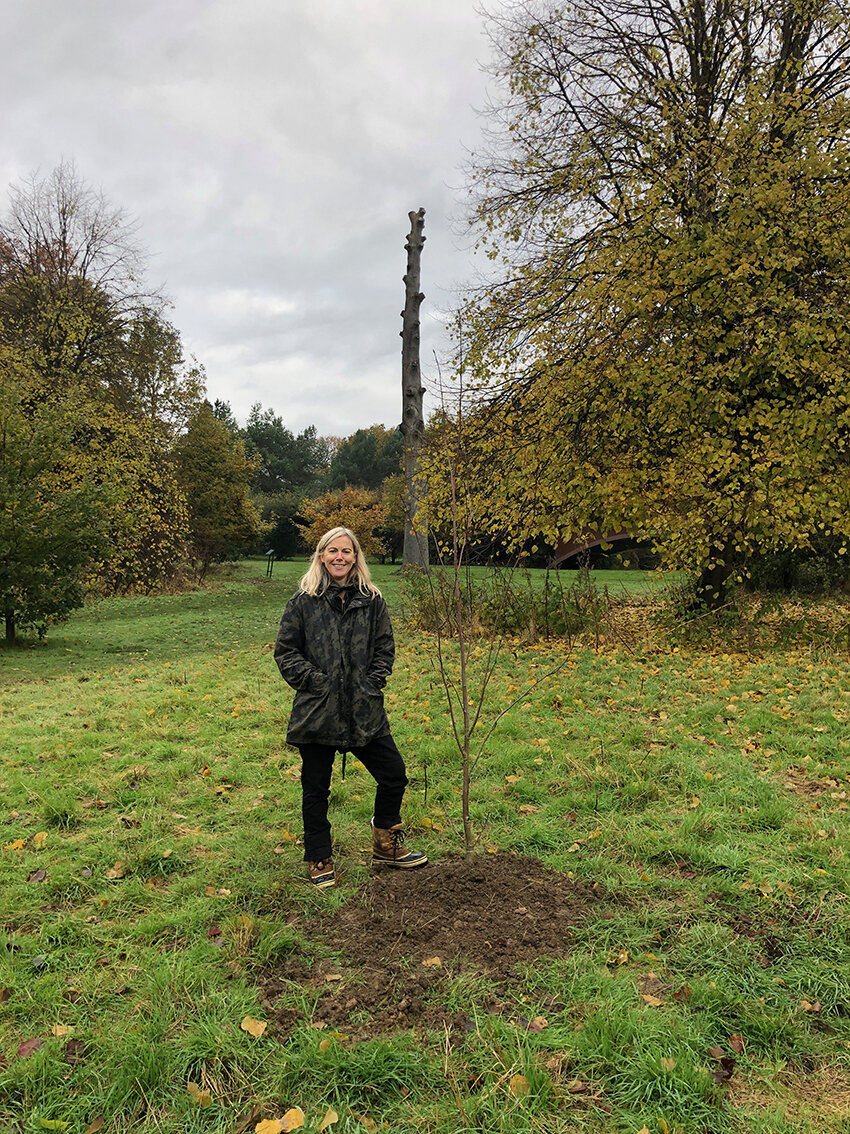Are you an Interior Designer?
Are you helping to challenge the industry you work in, and the companies that you do business with?
As a collective body of designers, contractors, installers, makers and more, we can all make a difference; by questioning processes and the way we are working with materials and systems (energy/diversity/health and the environment) into more regenerative and circular ways… join the movement and the conversation
For more information and to add YOUR NAME to the list and the conversations visit the website HERE
The twin crises of climate breakdown and biodiversity loss are the most serious issue of our time. Buildings and construction play a major part, accounting for nearly 40% of energy-related carbon dioxide (CO2) emissions whilst also having a significant impact on our natural habitats.
For everyone working in the design and construction industry, meeting the needs of our society without breaching the earth’s ecological boundaries will demand a paradigm shift in our behaviour. Together with our clients, we will need to commission and design spaces within buildings as indivisible components of a larger, constantly regenerating and self-sustaining system.
The research and technology exist for us to begin that transformation now, but what has been lacking is collective will. Recognising this, we are committing to strengthen our working practices to design spaces with a more positive impact on the world around us.
Interior Designers who have declared a Climate Emergency, will seek to:
Raise awareness of the climate and biodiversity emergencies and the urgent need for action amongst our clients and supply chains.
Advocate for faster change in our industry towards regenerative design practices and a higher Governmental funding priority to support this.
Share knowledge and research to that end on an open source basis.
Evaluate all new projects against the aspiration to contribute positively to mitigating climate breakdown, and encourage our clients to adopt this approach.
Work towards including life cycle costing, whole life carbon modelling and post-occupancy evaluation as part of our basic scope of work, to reduce both embodied and operational resource use.
Work with others in the construction industry to upgrade existing buildings for extended use as a more carbon-efficient alternative to demolition and new build whenever there is a viable choice.
Act to address the disproportionate impact of these crises on disadvantaged communities and ensure that all mitigation and adaptation efforts address the needs of all people.
Ensure diverse and inclusive principles are implemented in hiring and retaining staff so that people of all backgrounds can participate in decision-making about the future of the designed environment
Request 3rd party certification or similar demonstration of environmental provenance and impact for each product specified.
Adopt more regenerative design principles in our studios, with the aim of designing spaces which go beyond the standard of net-zero carbon, including the specification of ultra low energy appliances.
Accelerate the shift to low embodied carbon materials in all our work. Seek to reuse and recycle products and materials at every available opportunity.
Minimise wasteful use of resources in interior design, both in quantum and in detail. Collaborate with all members of the industry to further reduce construction and packaging waste.












